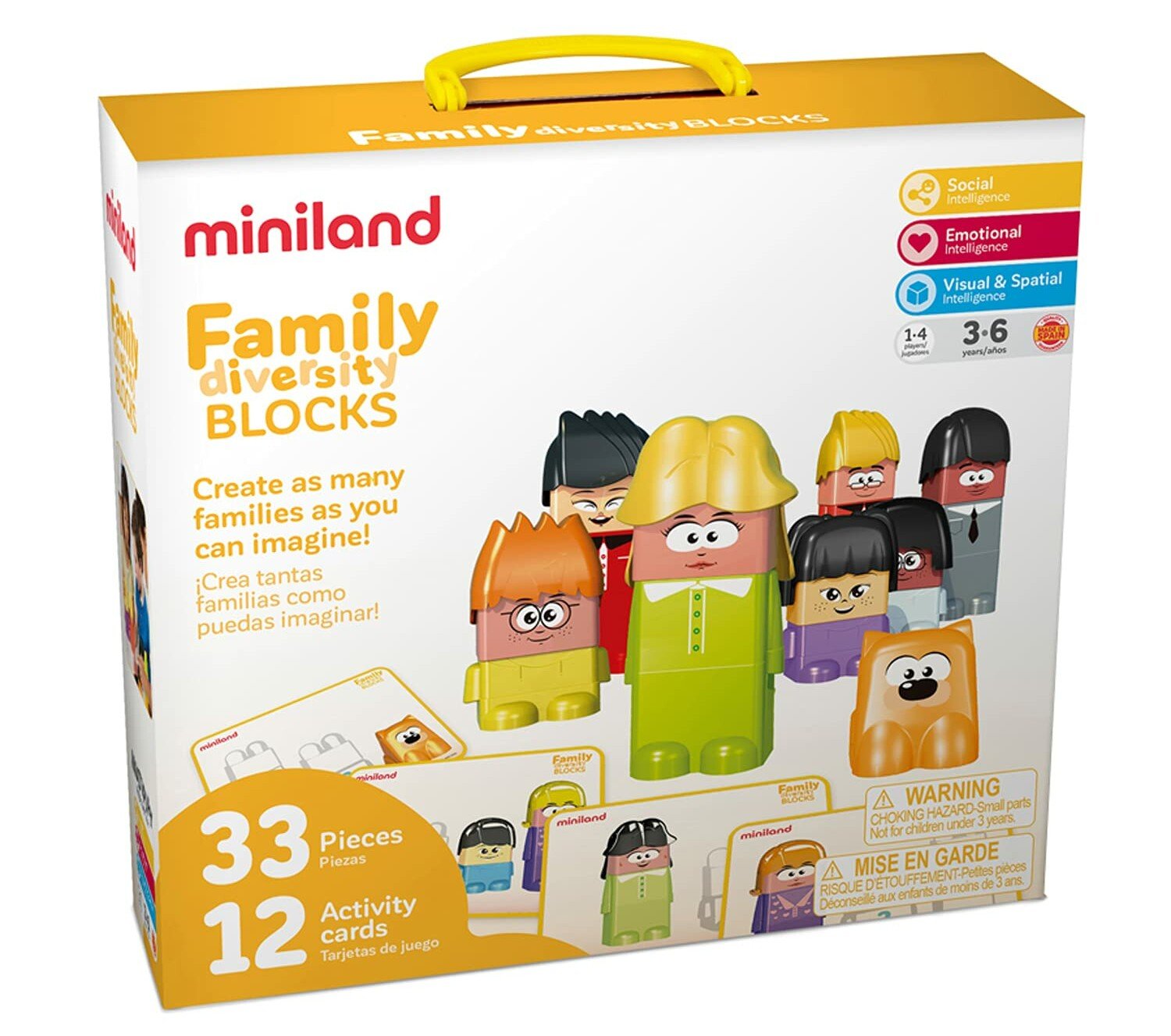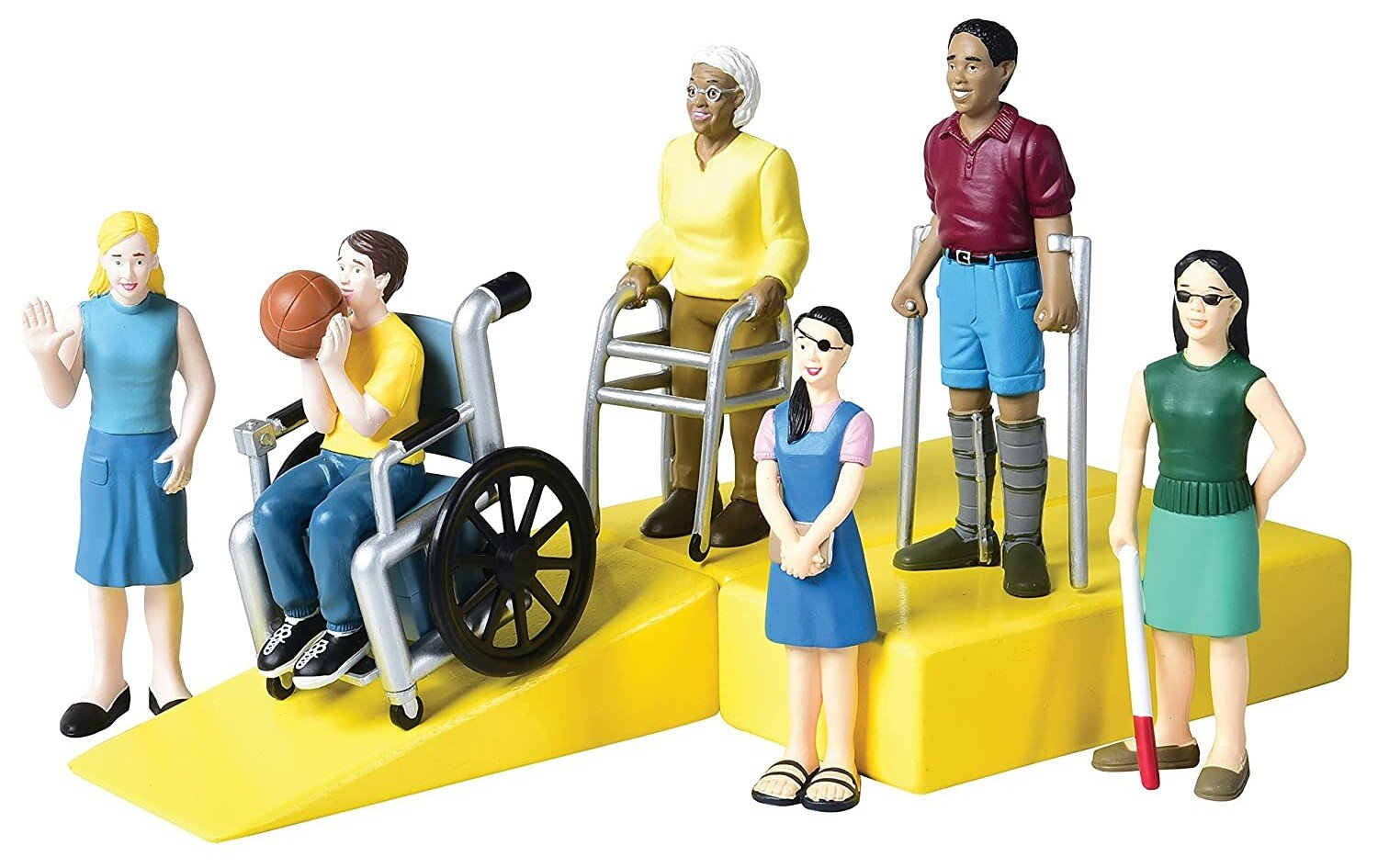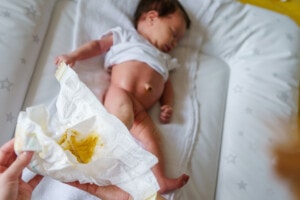As a pediatric occupational therapist working in a neonatal intensive care unit (NICU), I heard a strange sound coming from an incubator a few years ago. I pulled back the curtain to find an iPhone inside the baby girl’s incubator. Dora the Explorer played on the screen, lighting up the inside of the incubator with strange bright colors and loud sounds unfamiliar to the baby. This little safe haven was now an overstimulating environment, causing the baby to be wide awake, arms outstretched, fingers splayed, eyes wide and glassy, and heart rate racing.
I quickly removed the iPhone and began calming the baby. But when the baby’s mom returned, she was not happy. She informed me that she had to leave that iPhone in the incubator so that her baby could learn about her culture. The mom pointed out that nobody is speaking Spanish to her baby in the NICU. She worried her baby was missing out on early exposure to her native language and culture.
Introducing Culture at an Early Age
I have a lot to consider about the early days of growth and development. Once a baby is medically stable, I focus on helping the baby learn to self-regulate, suck from a bottle, bond with mommy and daddy, and begin to focus their eyes. I have to admit, at this early age, I had not given a lot of consideration to culture. I am grateful to this mom for teaching me this lesson and reminding me of the importance of culture from a very young age.
We did not put the iPhone back in the incubator. But we did find some more appropriate ways to introduce the baby to her culture and language. We brought in Spanish books and had mom, some nurses, and I read several times per day to the baby. When the baby’s mom was unable to come into the NICU, we allowed other family members to come in and speak Spanish to the baby.
When can parents start teaching culture?
Parents are usually surprised to learn how early babies begin to learn about their own culture and establish a sense of racial identity. Studies show that babies as young as three months notice different races as they prefer to look at faces of their own race versus faces of other races.1 By age two and a half, children use race to choose their playmates, and expressions of race prejudice often peak at age four or five.2 Culture, race, and language form a child’s racial identity. It is important that they feel represented and included in childcare and classroom and community spaces.
By celebrating all of the different races and cultures of children, we also provide them with the language to discuss race, culture, and diversity. When we do not talk about race and culture, and we pretend not to see color, entire communities of people become invisible. The best thing we can do for our children is teaching them to be socially conscious and aware. We must teach young children to celebrate diversity, not shy away from it.
The Best Culturally Diverse Toys and Books
Experts agree that one of the best ways to educate young children about diversity and ensure that each child feels included and represented is through age-appropriate, culturally diverse toys and books.3,4 We completed a round-up of some of the best diverse toys and books to have in the playroom.
Diverse Books

Let’s start with books. Books and stories are incredibly meaningful for young children. It is critical that everyone feels represented in the stories. One of my favorites is One Love, based on the song by Bob Marley, written by Cedella Marley. This book is beautifully illustrated by Vanessa Brantley-Newton. She uses a variety of mediums to create gorgeous and interesting illustrations to help children and adults see the beauty in diversity all around us.

I also love Everywhere Babies by Susan Meyers. Young children love to look at other young children. This beautifully illustrated book is full of babies and toddlers of all races and ethnicities. It reads like a poem, making it perfect for young children to listen to again and again.

I also love First 100 Words for all children, whether they are bilingual or not. This book is an excellent way to build our little ones’ vocabulary in English and Spanish. It helps them recognize words in both languages with vibrant photos of familiar things.

Buy Paper Here Buy Crayons Here
Some other great ways to make sure all children feel represented is to ensure that their skin color is represented in craft materials. Multicultural construction paper and Crayola multicultural crayons are great additions to the craft cabinet.
Dolls of Different Ethnicities

Both little girls and little boys love to play with dolls. This is a great activity because it mimics real life. Include dolls of different ethnicities with darker skin and darker hair. You can find baby dolls, action figures, and Barbies of many ethnicities.
Interactive Toys

Interactive toys are great for teaching new skills to young children. They are a great way to incorporate diversity and help all children feel included and represented. I love the Miniland Family Diversity Blocks Game because it illustrates different family structures and ethnicities.

It is also essential to educate young children about different abilities. I like Marvel Education Friends with Diverse Abilities Action Figure Set to represent abilities.
Puzzles

Children learn a lot about how the world works through playing interactive games and putting together puzzles. A few great multicultural games and puzzles include I Never Forget a Face Memory and Matching Game, Guess Who, and Children of the World Jigsaw Puzzle.
Including these diverse toys in your playroom will go a long way to raising compassionate kids. When we provide children with a supportive environment to celebrate their own culture and language, we help to build their racial identity and self-esteem. It is a simple thing to ensure that all children grow up as compassionate citizens of the world.





















